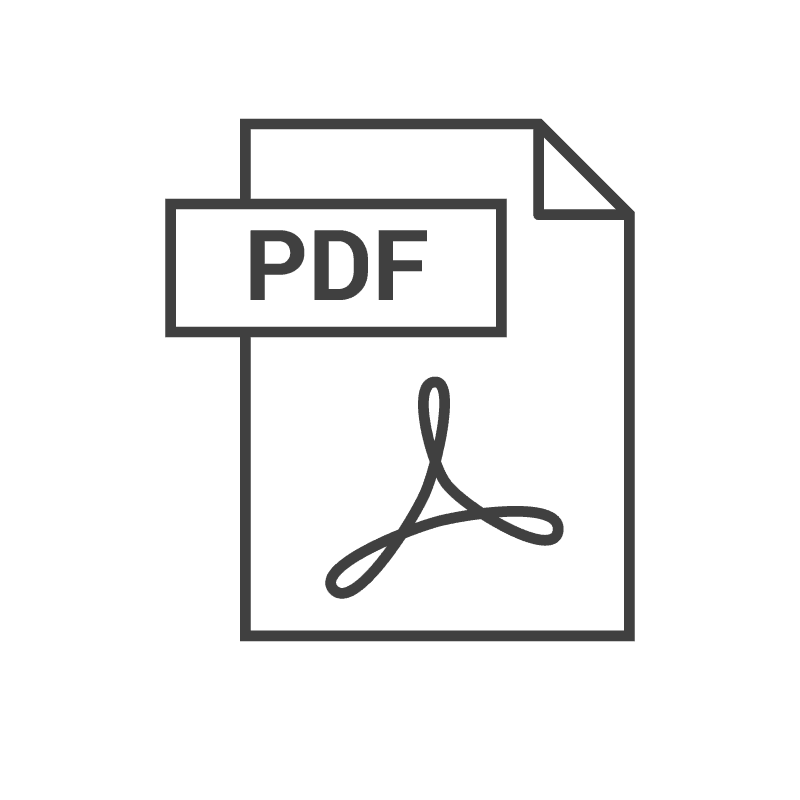AmplifyRP® XRT for Cmn (Clavibacter michiganensis subsp. nebraskensis)
The bacteria Clavibacter michiganensis subsp. nebraskensis is the causal agent of Goss’s Bacterial Wilt and Leaf Blight on susceptible dent corn, sweet corn, and popcorn varieties. This pathogen survives primarily on infested crop residues that serve as primary inoculum, however, seed-to-seedling transmission of Cmn has been observed at low rates. The Cmn bacteria is an incessant and economically-important pathogen of corn, and severe losses occur due to leaf blight and vascular wilt. Symptoms of Goss’s Wilt can be mistaken for leaf scorch due to water stress, wind desiccation, chemical burn, or a second bacterial disease known as Stewart’s Wilt.
AmplifyRP® XRT for Cmn is a rapid DNA amplification and detection platform designed for testing corn crops for Clavibacter michiganensis subsp. nebraskensis. This kit includes lyophilized reaction pellets containing the necessary reagents to amplify Cmn DNA and an exogenous DNA control at a single operating temperature (39 °C).
AmplifyRP® XRT is a real-time isothermal nucleic acid amplification and detection system that rapidly amplifies small portions of DNA or RNA and offers unrivaled detection capabilities in an easy-to-use testing format. It offers comparable sensitivity and specificity to published PCR methods while eliminating laborious and costly nucleic acid extractions.
The test can be performed virtually anywhere using the battery operated AmpliFire® fluorometer. Assay parameters are loaded via barcode and results are automatically displayed as ( + ) or ( - ). NOTE: This assay requires a fluorometer to work properly.
Prior molecular diagnostic experience is not required to perform AmplifyRP® XRT tests. Total assay time is less than 30 minutes when used with the AmpliFire® as a real-time assay.
Click here for other product documents such as the User Guide or printable barcode.
Included:
- XRT reaction pellets for Cmn
- Pre-filled 100 µL PD1 Pellet diluent tubes
- AMP1 extraction buffer
- Sample extraction bags, mesh
- User Guide
Required but Not Included:
- 5 µL Pipette
- 25 µL Pipette
- 5 and 25 µL Barrier Pipette Tips
- AmpliFire® or equivalent fluorometer
Optional:
For a full list of included items, including sizes, please see the Content List.
Validation Report Summary
|
Test Format: AmplifyRP® XRT |
Full Validation Report |
| Analytical Sensitivity |
|---|
| Limit of detection: Approximately 500 CFU/mL or 300 copies/µL |
| Isolate Names / Geographic Strain Locations | |
|---|---|
| Cmn-004D (NE, USA) | Cmn-010B (NE, USA) |
| Cmn-072A (IA, USA) | Cmn-098A (IA, USA) |
| Cmn-161CA (NE, USA) | Cmn-167A (IA, USA) |
| Cmn-194C (NE, USA) | Cmn-195B (IA, USA) |
| Cmn-20037 (NE, USA) | Cmn-225A (NE, USA) |
| Cmn-225C (NE, USA) | Cmn-228C (CO, USA) |
| Cmn-273B (IN, USA) | Cmn-312A (SD, USA) |
| Cmn-371C (IA, USA) | Cmn-374C (SD, USA) |
| Cmn-376B (NE, USA) | Cmn-419B (NE, USA) |
| Cmn-438B (IA, USA) | Cmn-447B (IN, USA) |
| Cmn-485NDB (MN, USA) | Cmn-504NDA (ND, USA) |
| Cmn-521CA (MN, USA) | Cmn-CN9-1 |
| Cmn-DP104 | Cmn-DP114A (TX, USA) |
| Cmn-DP115A | Cmn-DP117A |
| Cmn-DP121A | Cmn-DP122A (NE, USA) |
| Cmn-DP137 (TX, USA) | Cmn-DP139B (TX, USA) |
| Cmn-DSM-20401 | Cmn-NCPPB 2579 (NE, USA) |
| Isolate Names / Geographic Strain Locations Not Detected | |
|---|---|
| Cmn-A6096 (NE, USA) | |
| Cross-reactions | |
|---|---|
| Virus Name | Species Name |
| None Known | |
For a list of validated hosts, please see the Full Validation Report.
| Additional Documents | ||
|---|---|---|

|

|

|

|

|

|


